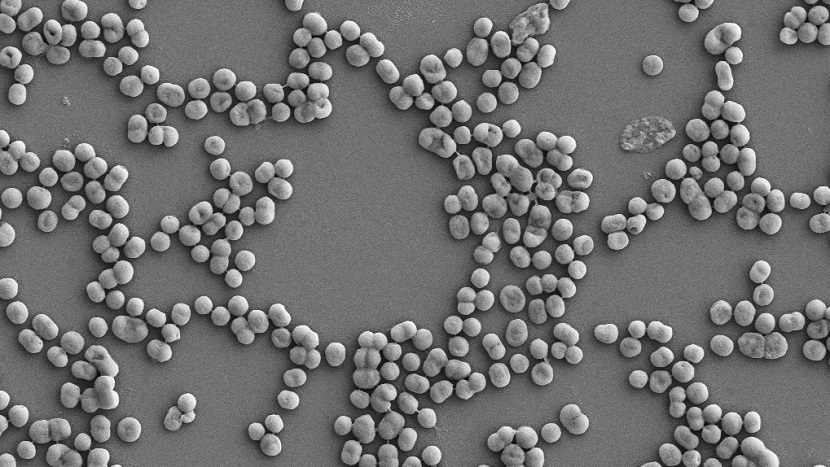
Roorkee: Acinetobacter baumannii is one of the most prevalent bacteria responsible for neonatal sepsis in India. These bacteria are not airborne but can spread through direct contact with surfaces, objects, or the skin of people that are contaminated with A. baumannii.
The following factors increase the risk of infection:
• Having a weakened immune system
• Chronic lung disease
• Diabetes
• Old age
• Lengthy hospital stays
• Illnesses that require the use of a hospital ventilator
• Having an open wound treated in the hospital
• Treatments requiring invasive devices like urinary catheters
“Clinical strains of A. baumannii can resist the action of all the prevalent antibiotics and such infections are often fatal. The introduction of new drugs has rather slowed down and on top of that, the bacterium’s ability to develop resistance rapidly defeats the overall purpose of having new drugs. Therefore, it is pertinent to identify novel drug targets to increase our arsenal against this pathogen”, says Professor Ranjana Pathania, Department of Biotechnology, IIT Roorkee.
The Acinetobacter superbug can cause diseases such as pneumonia and meningitis. The cause of multiple hospital outbreaks, this organism is increasingly endemic in the healthcare settings. Multidrug-resistant Acinetobacter infections have an extremely high crude mortality rate and occur most frequently in severely ill patients. Although the attributable mortality of multidrug-resistant Acinetobacter infections is debatable, these infections are clearly associated with increased time on mechanical ventilation, in the ICU, and in the hospitals. This bacterium is responsible for the maximum amount of neonatal deaths in India.
About 70% would not be covered by an empiric regimen of ampicillin and gentamicin, and many might be untreatable in resource-constrained environments. Given the lack of good therapeutic options, the development of new therapies, well-controlled clinical trials of existing regimens and antimicrobial combinations, more research, and greater emphasis on the prevention of healthcare-associated transmission of multidrug-resistant Acinetobacter infection are essential. In developing countries like India, the problem of Acinetobacter baumannii associated infections is particularly severe.
This bacterium has a unique ability to survive on dry and desiccated conditions for long durations of time which help in its dissemination. However, the most important characteristic that makes this bacterium extremely dangerous is the multi-drug resistant phenotype. India being a tropical country offers a haven to such bacteria which then flourish at harsh temperatures like A. baumannii. It is being called a ‘nightmare bacteria’ by the health media now. As per reports, about 58,000 newborns die due to hospital infections induced by bacteria. India’s dreadful sanitation, over-the-counter sale of antibiotics and overcrowding coupled with a complete lack of monitoring has created a tsunami of antibiotic resistance.
Targeting the virulence factors for drug development is a rather new concept which promises drugs that don’t lead to a rapid generation of resistance. Prof. Pathania’s group has identified Hfq, an RNA chaperone protein, as an important virulence factor in A. baumannii. The absence of the gene coding for Hfq hampers many physiological processes in A. baumannii and decreases the ability of the bacterium to establish infection in mice models. This protein, unlike its homologs in other bacteria, carries an unusual C-terminus which her group has found to be a functionally important region in the protein. These findings open new avenues for discovery of anti-virulence drugs against A. baumannii.